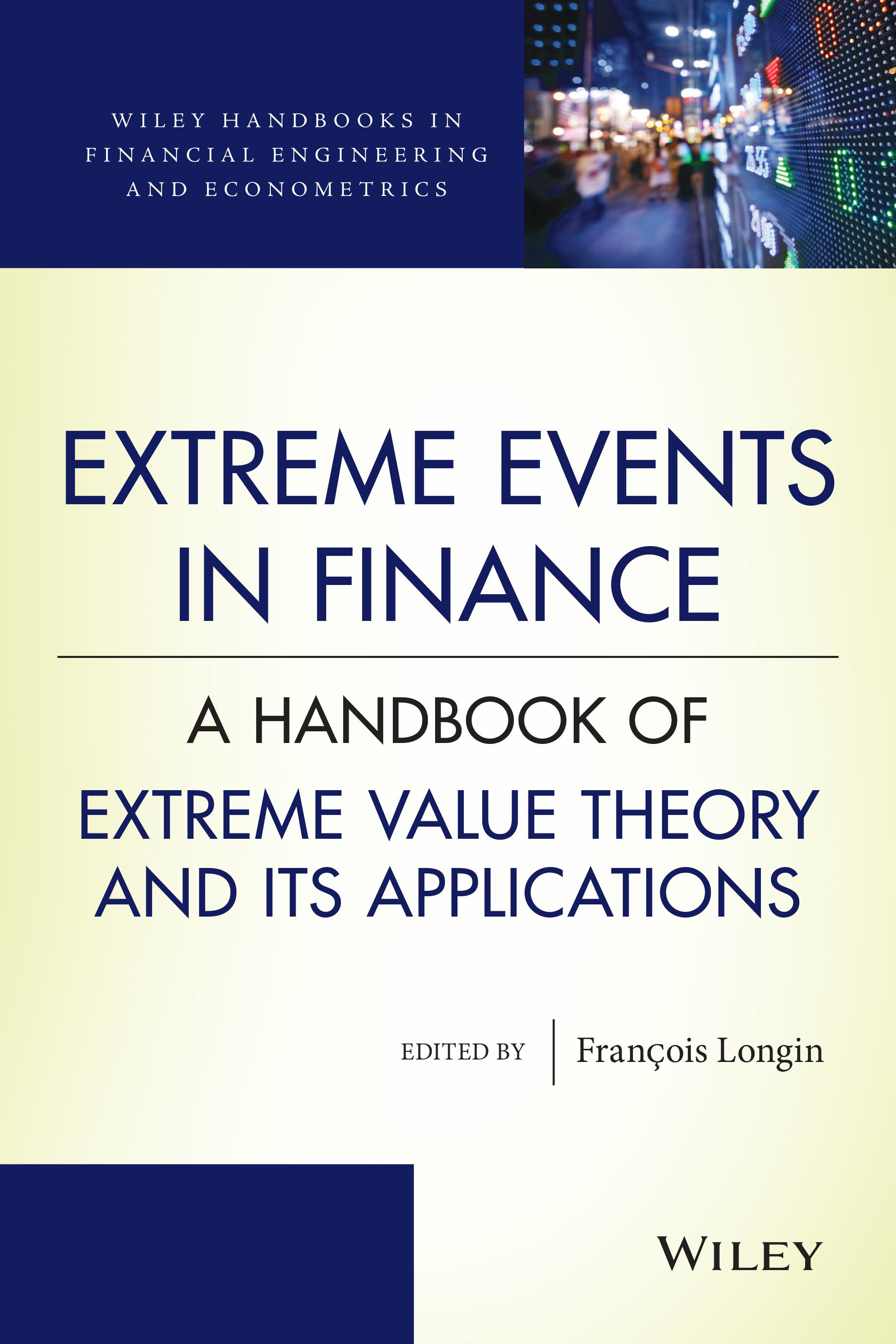The extreme value problem in finance:
|
||
|
This chapter gives an overview of the financial modeling of extreme values by using discontinuous stochastic Lévy processes. At least two distinct programs using these processes are currently established in financial modeling: the first Mandelbrot program based on stable Lévy processes and the alternative non-stable Lévy processes-based approach. I term these two programs the radical program (RP) and the pragmatic program (PP). At first, we use Sato’s classification to contrast the two programs. Next we adopt a historical perspective to present to the two programs since 1960. The RP initiated huge controversies in the academic field because of the stable hypothesis. The PP began in the 1970s with explicitly renouncing the stable hypothesis. In the 1990s a new competitor appeared, called econophysics program (EP). We show that, although the PP and the EP can be traced through separate lines in the academic fields, they share the use of tempered stable processes and derive from their reliance on Mandelbrot’s view. At the end, we suggest that Mandelbrot introduce the “discontinuous turn” in financial modeling of extreme values. |
||

|

|
Christian WalterFondation Maison des Sciences de l’Homme |
|



